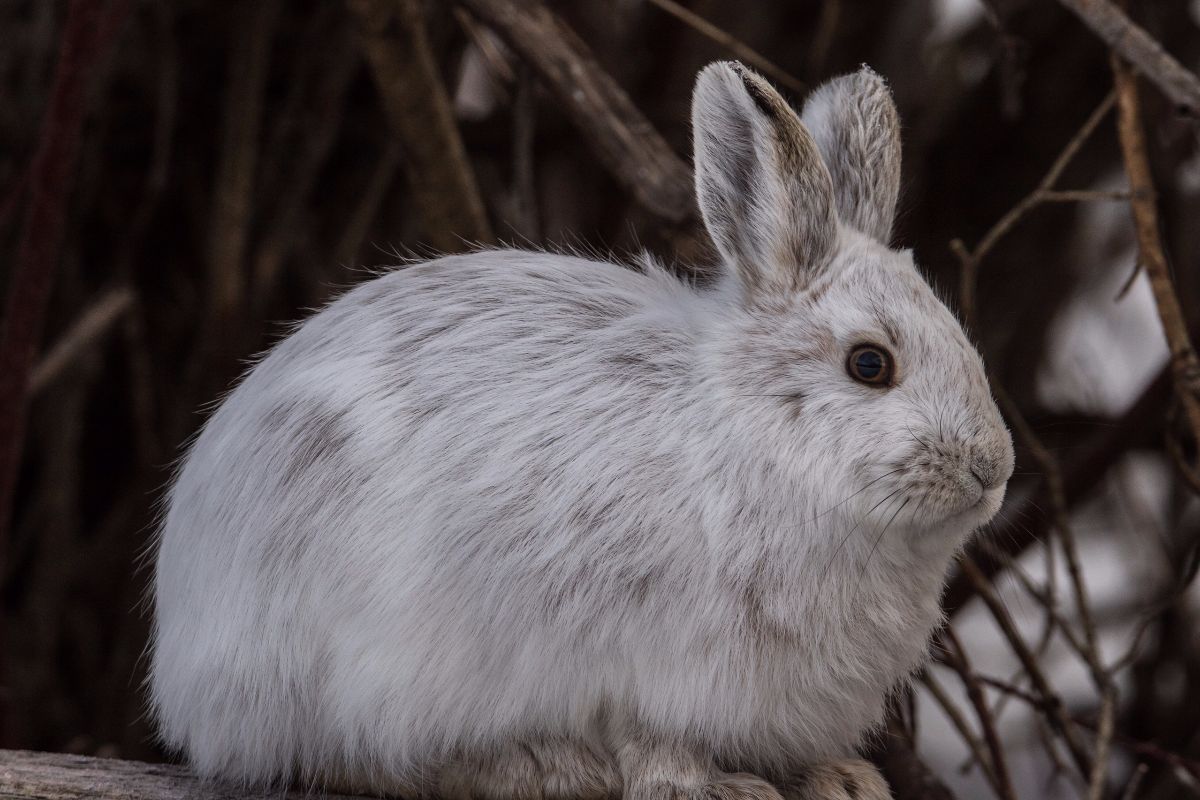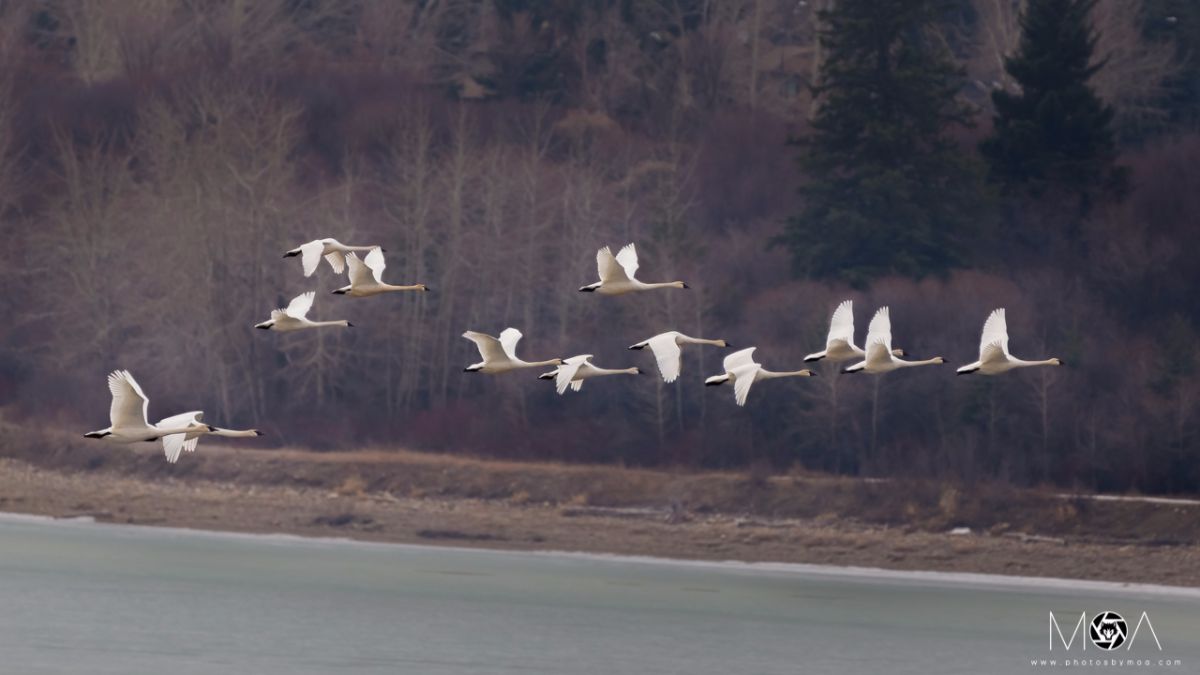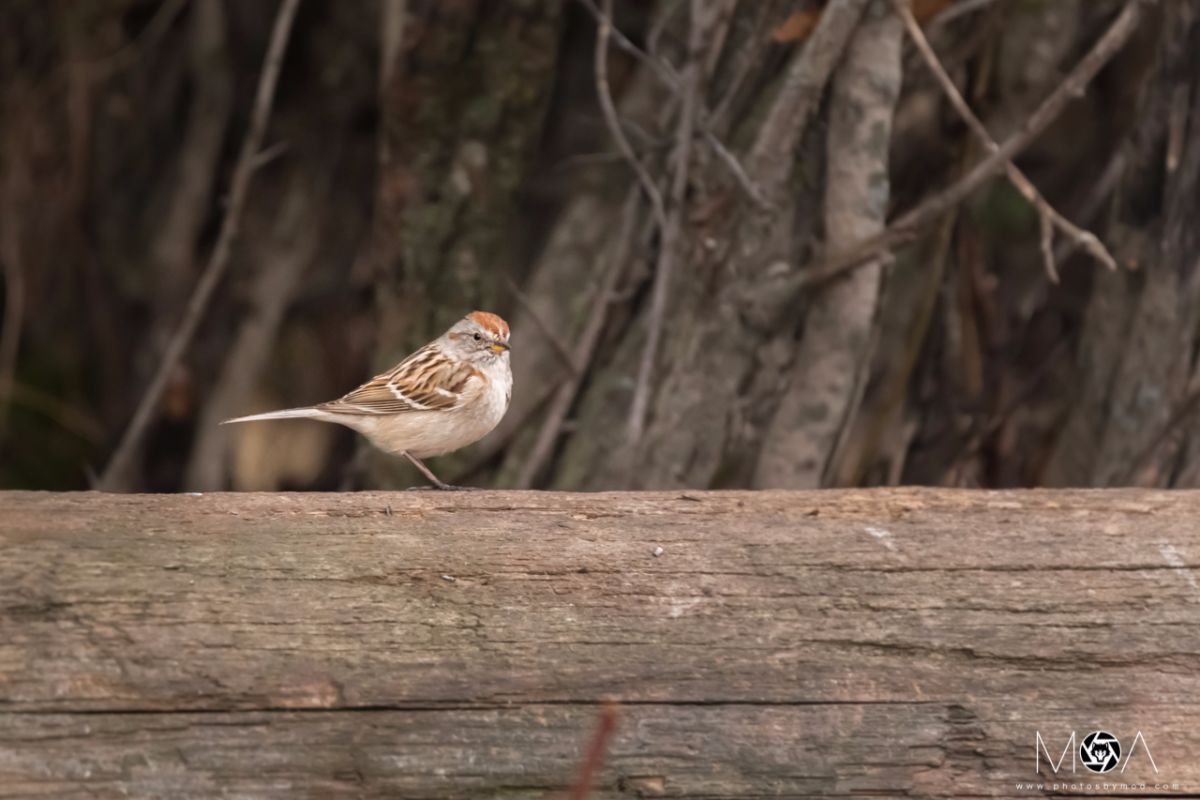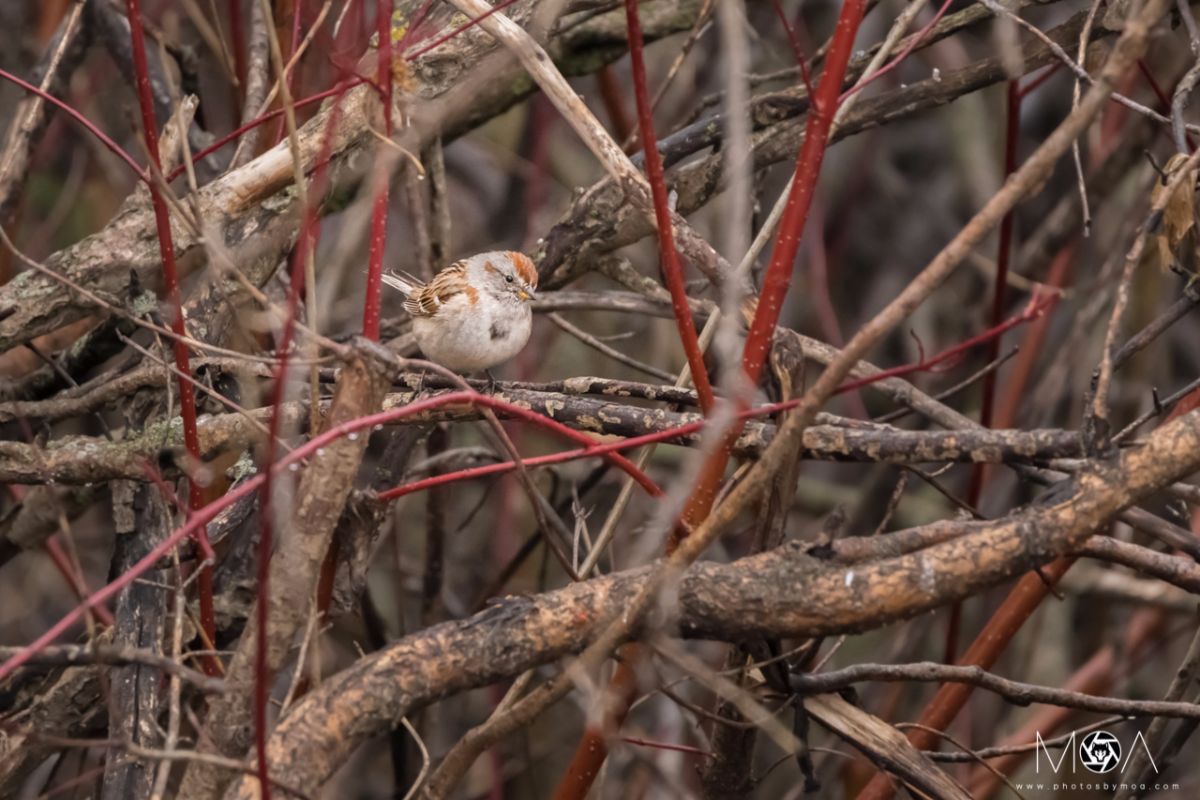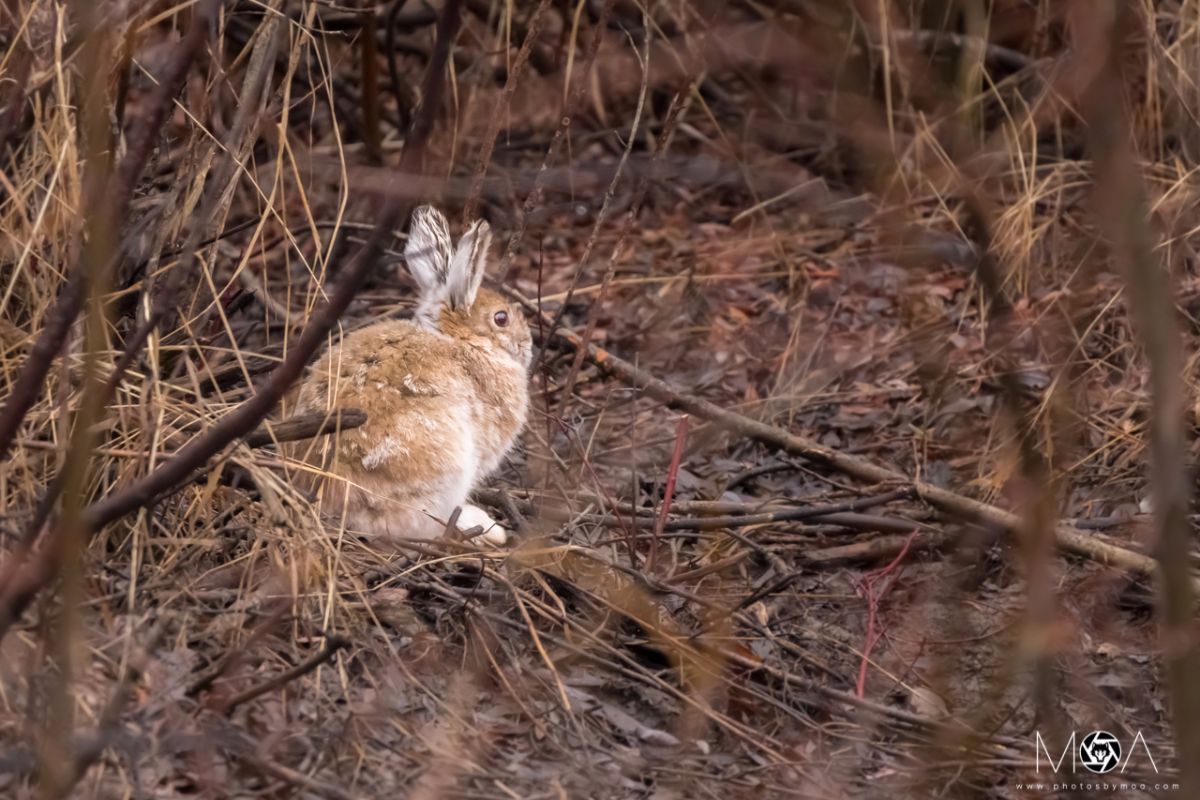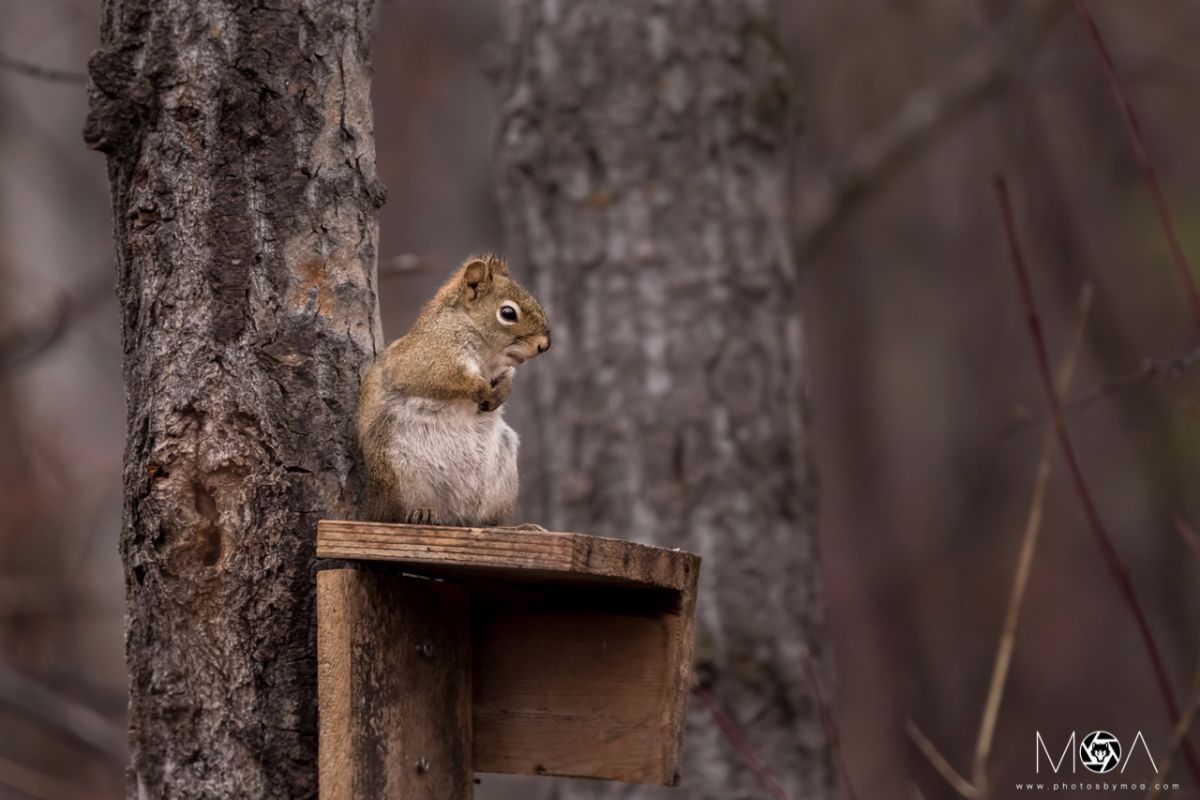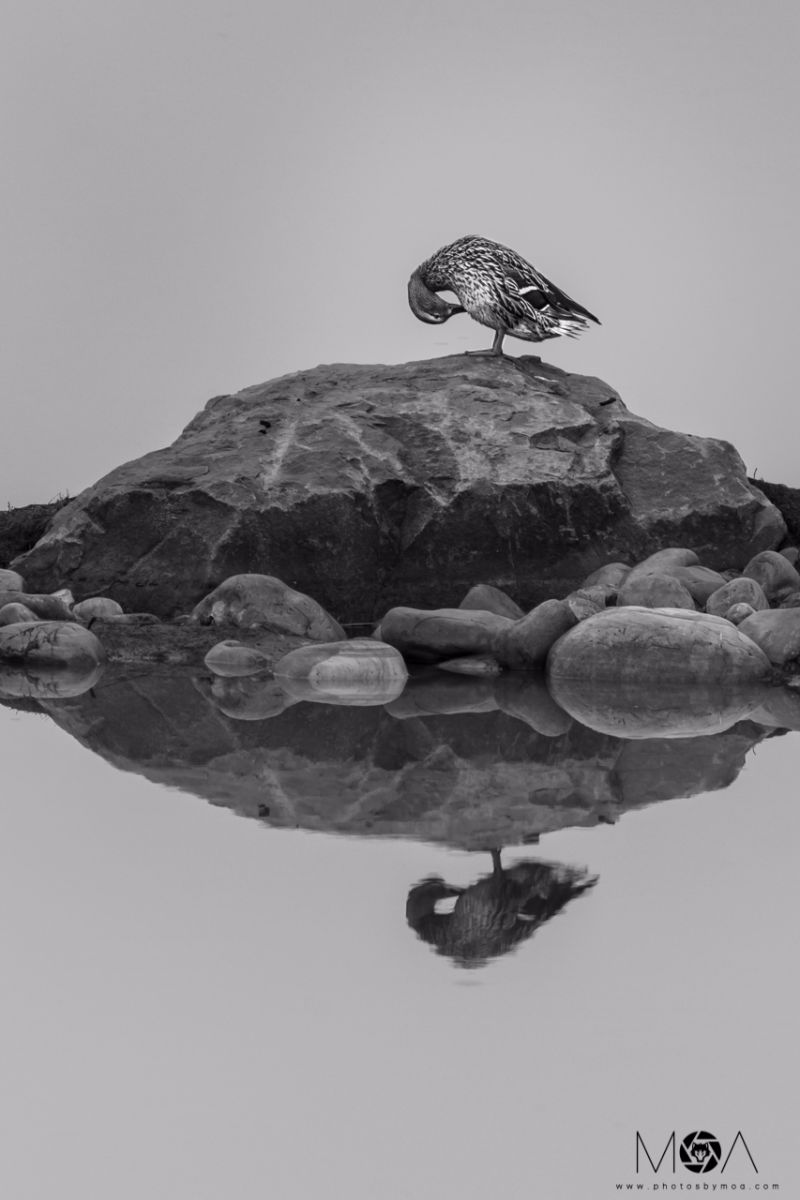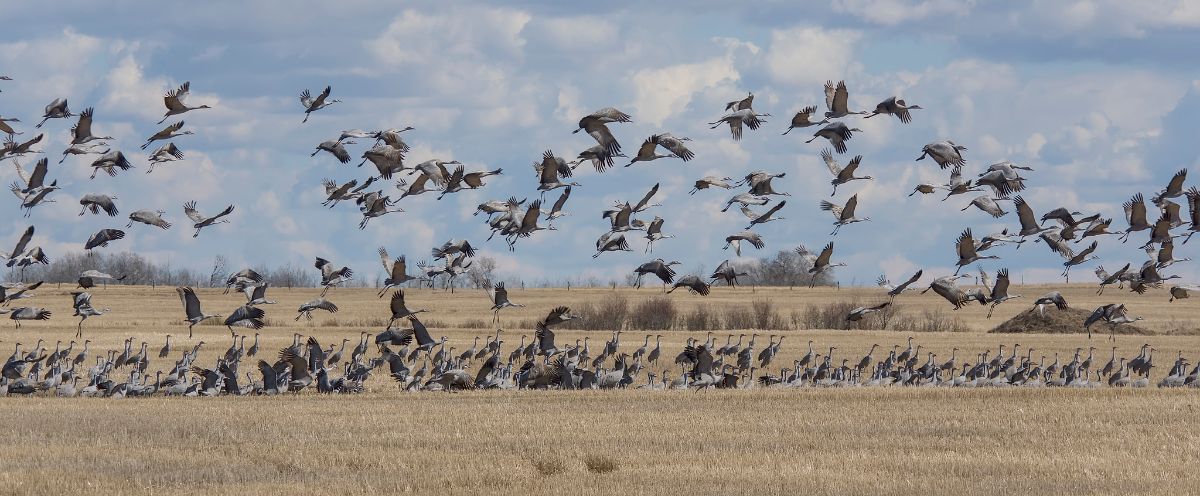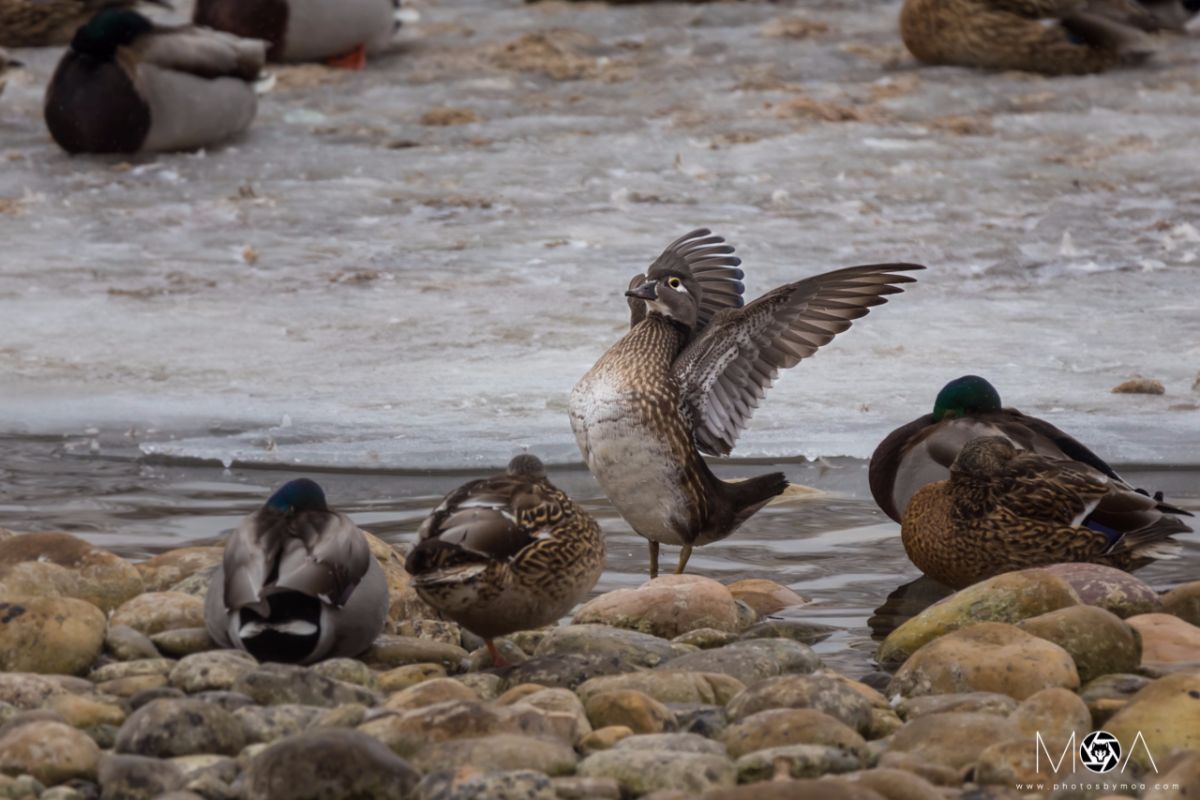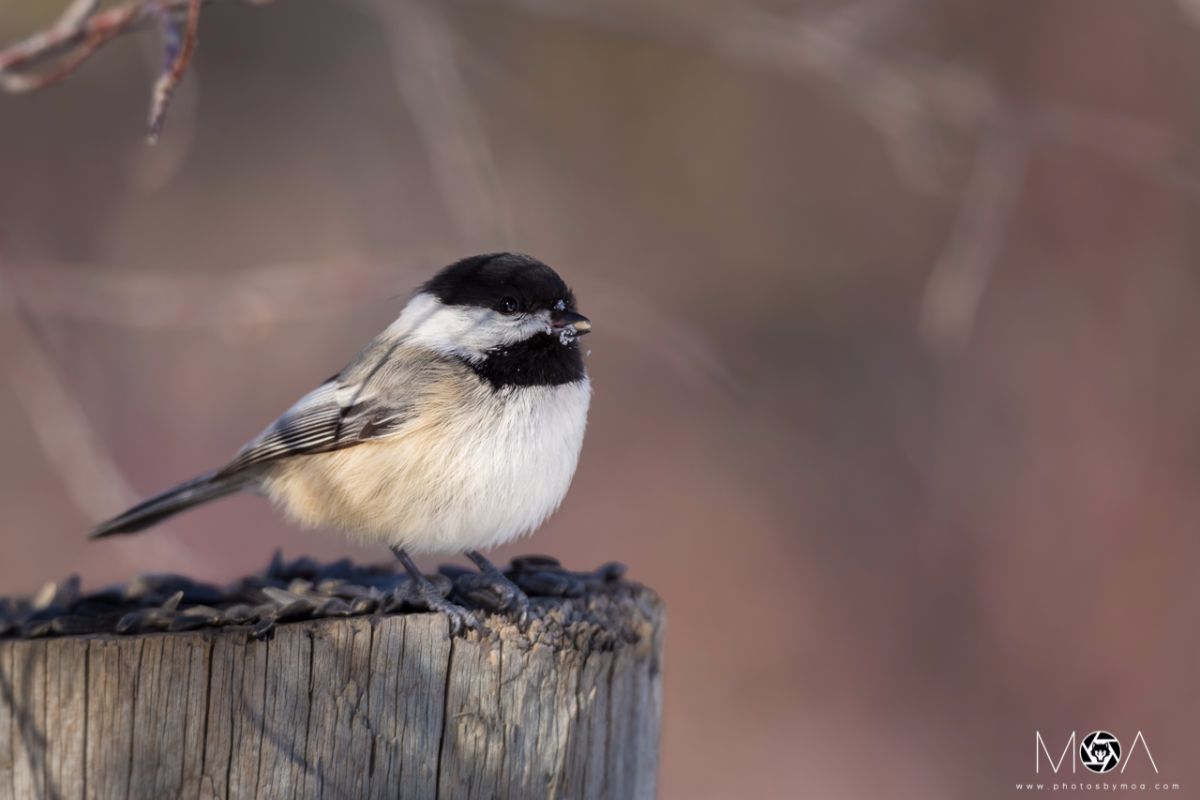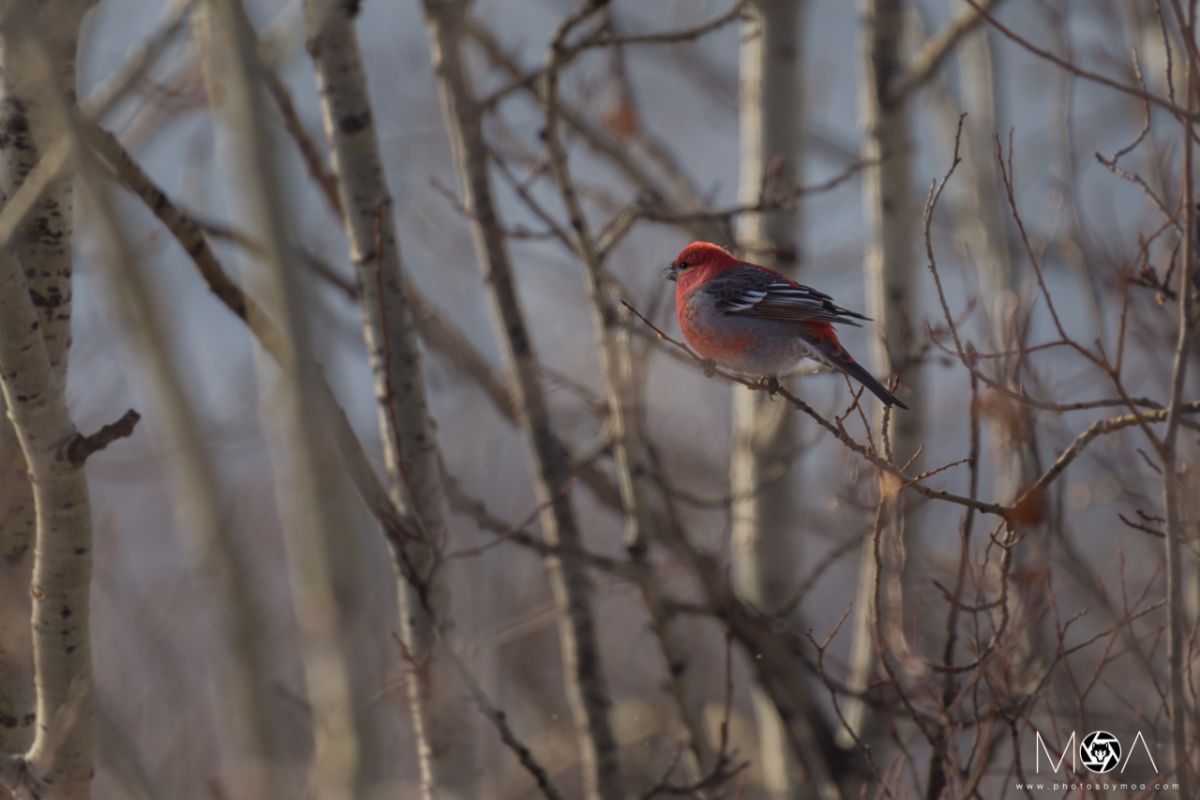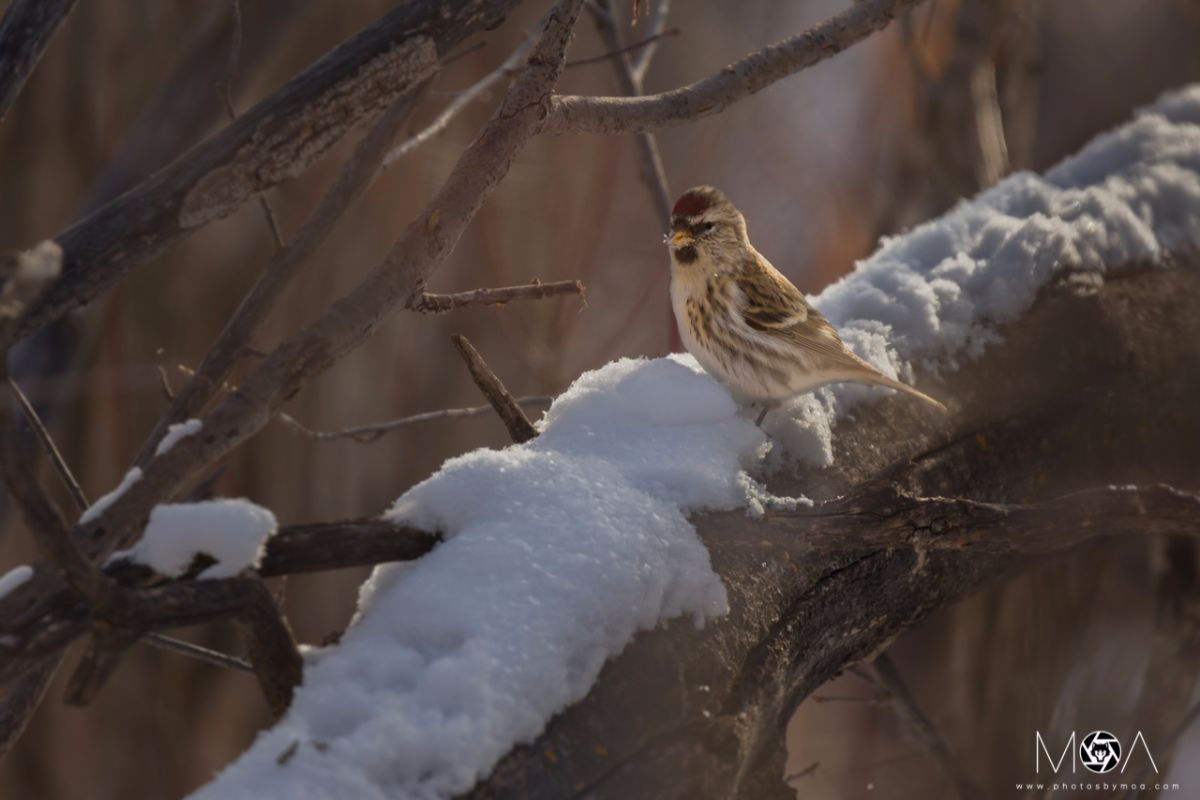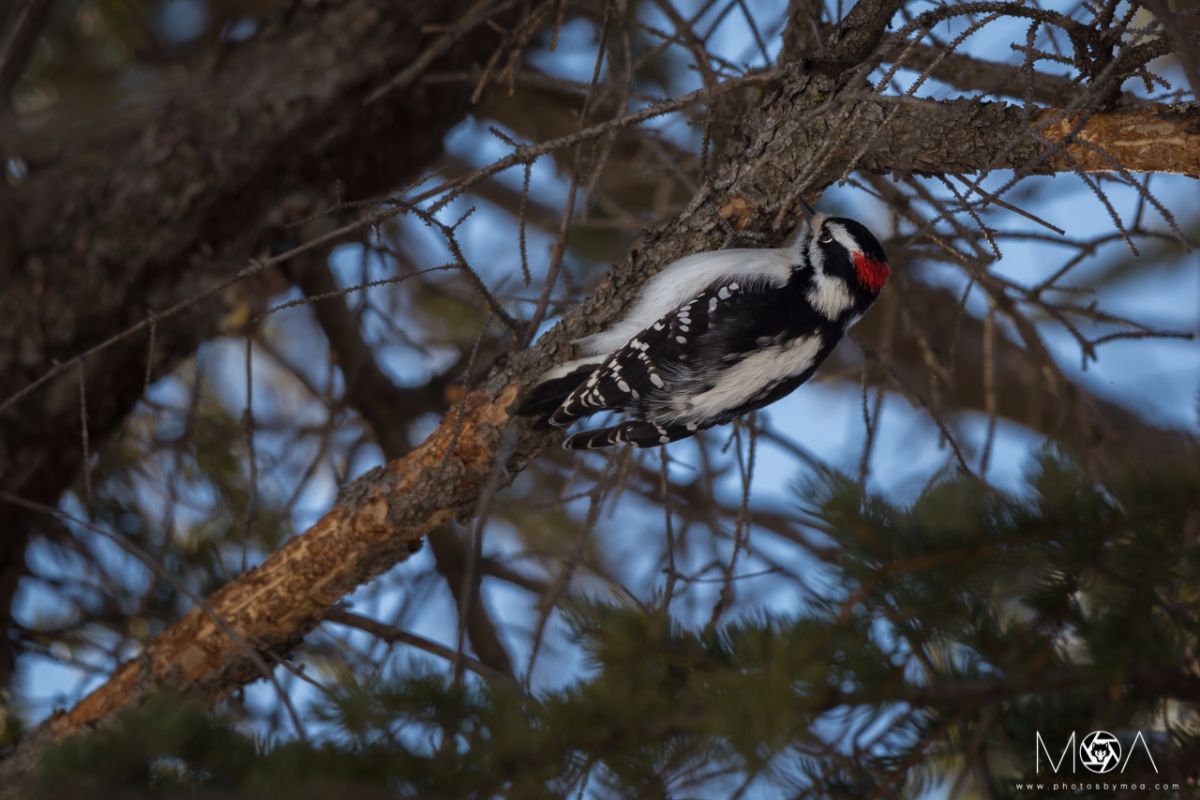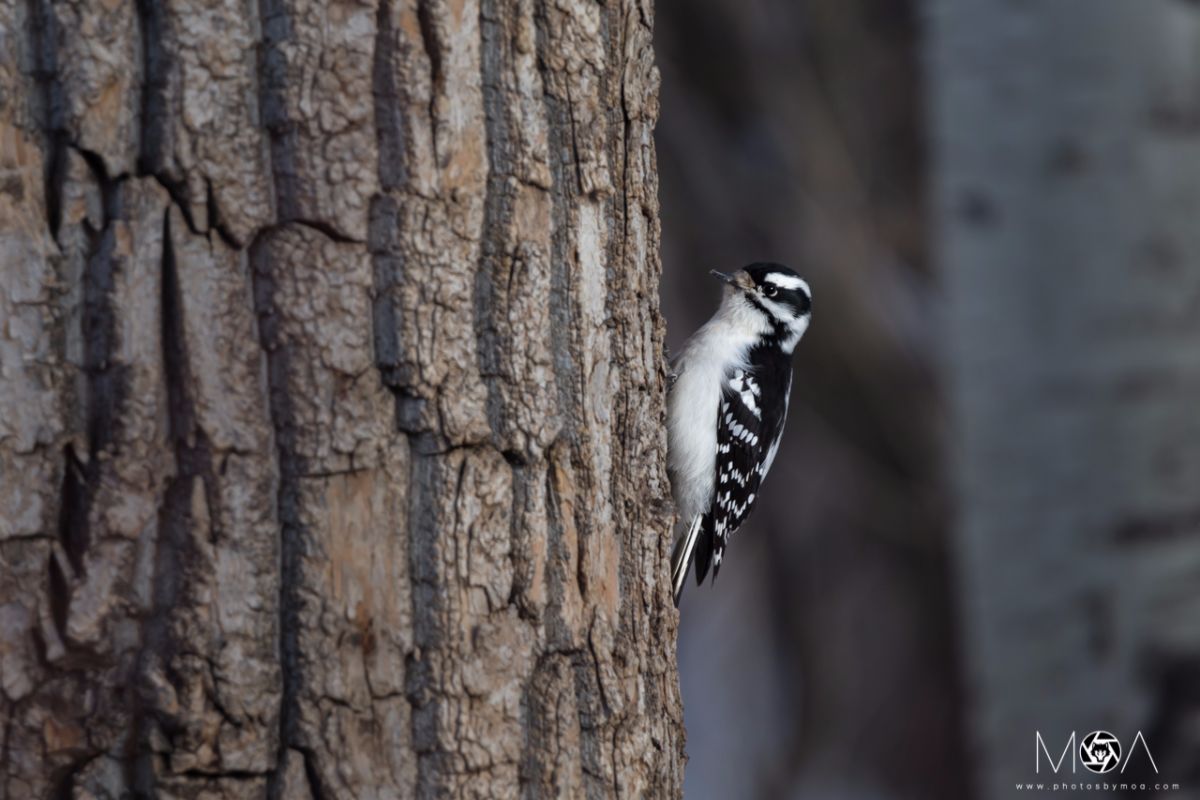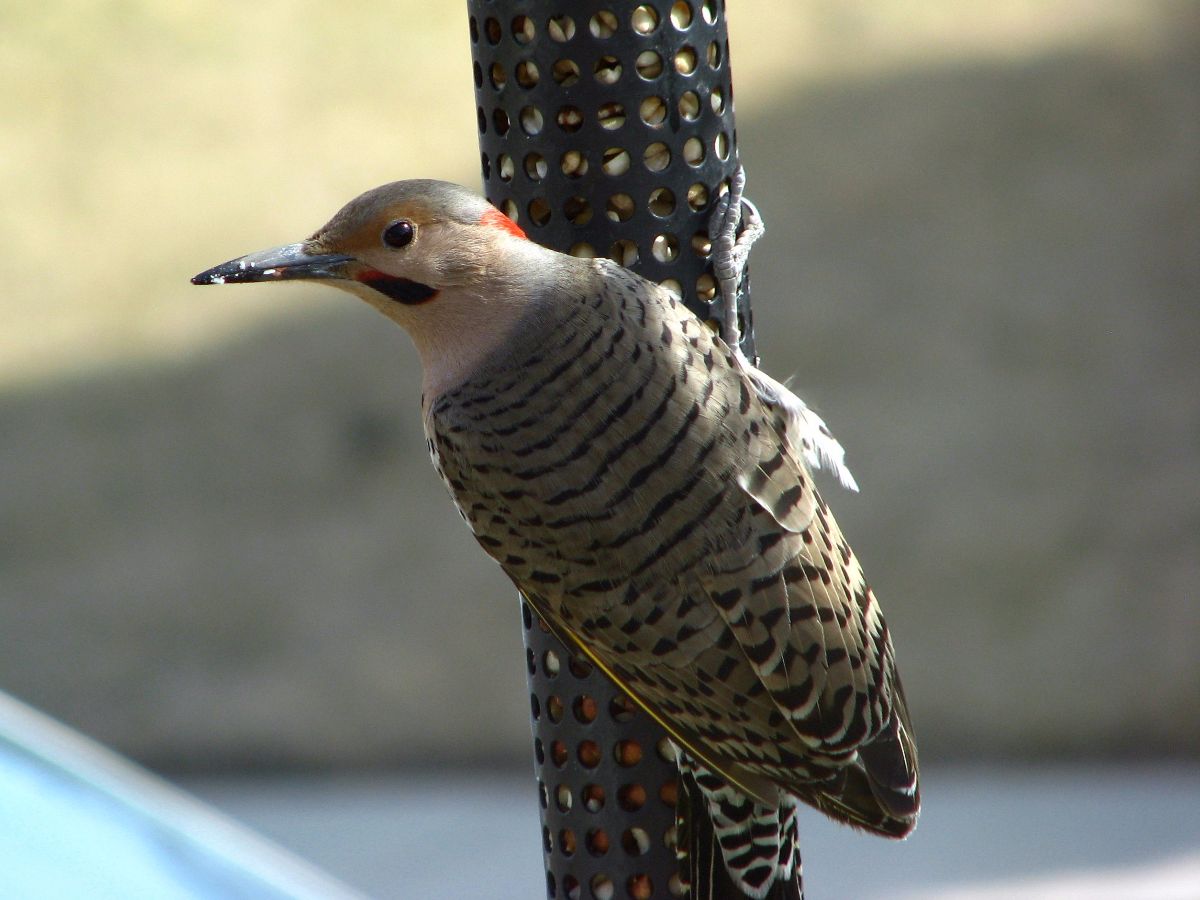Posted by Bob Lefebvre
It’s always fun during breeding season to watch live video of nesting birds from nest cameras around the world. There are some local ones that we provide links to each spring. The links given below are always also visible on our right-hand sidebar.
Calgary Zoo Osprey Nest Cam: This camera has been operating for many years. This year, the nest platform and camera were moved a bit downstream from its usual location, but the Ospreys are back and refurbishing the nest right now.

An April 18th still from the nest camera. From the Twitter feed of boooneill (@ koniell57).
Gray Jay Nest at Ellis Bird Farm: This was the first ever live view of a Gray Jay nest, so this one, operated by the Ellis Bird Farm north of Red Deer, attracted a lot of attention. Unfortunately the nest recently failed. There are still some videos at the link. If the birds re-nest this year and it can be located, new video may be available. The nest was located about 100 km north of Calgary. Information about this and other cameras operated by the Ellis Bird Farm can be found on their website here.
___________________________________________________________
Please note the following correction to the three italicized paragraphs below, about the Peregrine Falcons at the University of Calgary (added May 10, 2017):
According to Drew Scherban, the Acting Manager of Media Relations for the U of C, the removal of the web pages was a resources issue, not a budget one. Libraries and Cultural Resources are now working with Alberta Conservation Association and Biological Sciences (UCalgary) to partner and take over the project. The historical observations of the Peregrine Falcons have been permanently archived and are available on this page, which we will also link to on our right-hand sidebar.
Unfortunately, there is not a live stream of the nest site right now, because the falcons did not return this year. Staff will continue to monitor the camera feed and if the birds appear they will put it up on this page.
Since the birds usually arrive back here in late March or early April, I think it’s safe to say they will not be returning to the U of C this year. One or more of the adults may have died, or they have found another spot to nest.
___________________________________________________________
Here are the original three paragraphs at the end of this post:
Normally we have a link to the popular University of Calgary Peregrine Falcon nest camera, but this year, the camera is no longer online. In addition, the recent pages with all of the observations from 2010 on have been removed. All that is left online are the historical observations from 1995-2009, so we have a link to that.
I have tried to find out more about this, but haven’t heard back from anyone about who operated the camera or if the link will ever be restored. But the web page was maintained through the U of C’s library and and cultural resources, and they have decided to remove that support as part of their 2017-2018 budget cuts.
The university prides itself on its community outreach, so it’s a shame that they decided to cut this. Perhaps if they got feedback from people who valued the project they would reconsider; if not this year, then next. You can contact the Community Engagement Team on this page, or Thomas Hickerson, Vice-Provost (Libraries) here.
Please leave a comment here if you have any information about this camera or any others in the Calgary area. In 2016 there was a nesting box installed at the top of the Foothills Hospital in the hopes of attracting more Peregrines, but again, I haven’t been able to find out if there is a nest camera or website this year, or if any birds are nesting there.
